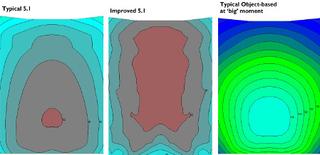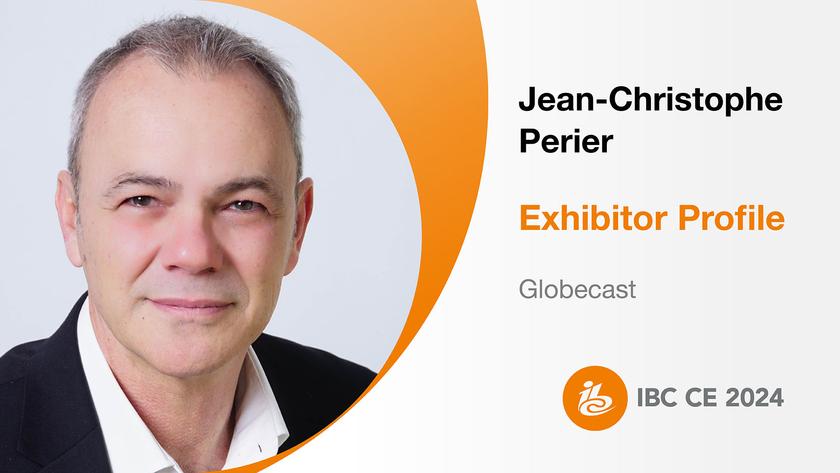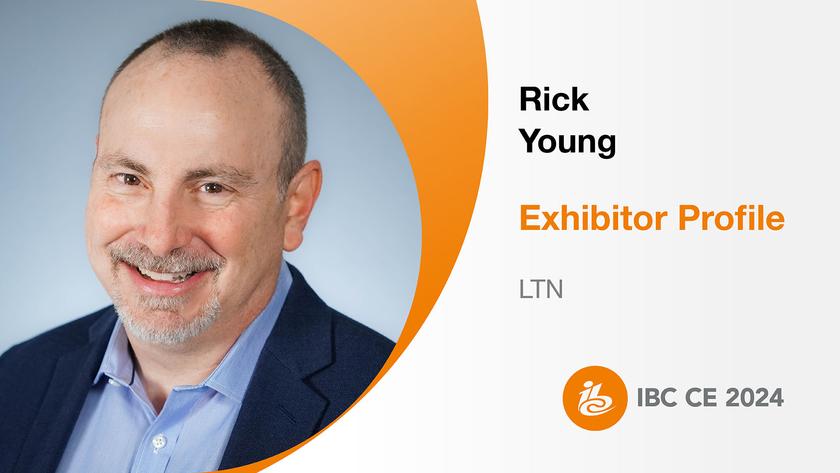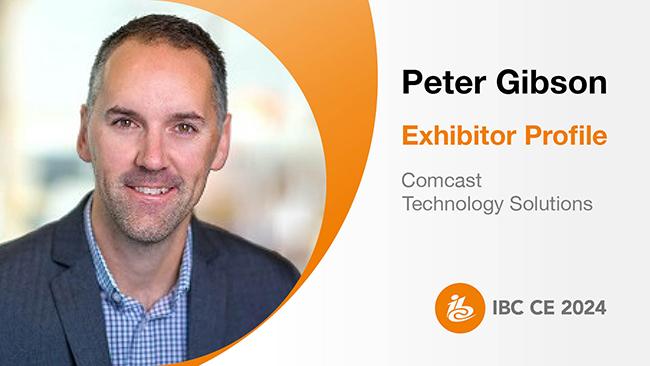SMPTE Q&A—Paul Peace
Shortly before the start of the SMPTE 2016 Annual Technical Conference & Exhibition, NewBay editors spoke with Paul Peace about his session “Loudspeaker Requirements in Object-Based Cinema.”
TV TECHNOLOGY:How many loudspeakers does a cinema need?

PAUL PEACE:For immersive formats, the research is too early to have firm confidence and also greatly depends on format, geometry and the loudspeakers chosen. My research points toward less than the current practice, but the loudspeakers must be designed specifically for the task. Current techniques do not present adequate frequency response to enough seats to make a conclusive judgment on this. The coverage issue must get dramatically better before a definitive answer to this can be achieved. Also, the directionality requirements ultimately translate into a fairly predictable layout in every theater, which then looks much more like a channel-based delivery system and can then simplify the rendering process.
TVT:Is immersive sound here to stay in the cinema?
PP: I obviously cannot answer this, but I see no technical reason for it not to succeed. Economic forces will decide this. My research points towards simplification that will mean cost reduction and improved performance. The formats were released before the loudspeaker requirements were fully understood and we are now playing catch-up. This will resolve itself in time.
TVT:Anyone who's had the misfortune to be seated right under, say, the left surround speaker in a 5.1 theater knows that some people pay the price for others' improved audio experience. Do object-based sound systems like Dolby Atmos increase or decrease the number of "optimal seats" in a theater?
PP: Pushing seating into ‘bad’ experience areas in a theater has the same basic effect in any format. That said, coverage mappings for 5.1 are, in general, much better than in object-based formats; this is at the heart of my research and design work going forward. The analysis metric includes frequency response, level, directionality and timing. Object-based formats offer directionality and timing cues that 5.1 cannot, so on that issue, the comparison is apples and oranges. The difficulty is that frequency response uniformity and balance are quite poor in object-based theaters with only 20 percent of the seating or less properly covered when a small group of surrounds must deliver the signal. Typical 5.1 rooms are much better in this regard—they always act as a large group—and if well executed can be >80 percent.
TVT:Is object-audio being employed in outdoor concert spaces, e.g., Roger Waters at Desert Trip?
PP: This is not my area of expertise, so I do not know. I do hear of different experimental attempts, so it would not surprise me.
TVT:Is a less-than-perfect object-based audio environment still an improvement on a perfect 5.1 experience? Or do the larger numbers of speakers and the greater directionality of the sound actually create more ways for a flawed presentation to sound bad or distract from the movie overall?

PP: Here are some fundamentals, however, that are important assuming the level of execution is the same:
1.The main LCR screen loudspeakers are virtually the same.
2.If one is in the 20 percent of the theater where object-based coverage is balanced, then object-based should always be better.
3.If one is outside the 20 percent, there are significant problems and 5.1 is better and the data suggests this as follows:
a.Coverage is too poor in current practice to allow spot effects to be realistic.
b.Poor coverage greatly diminishes realism and tonal integrity of any precision motion effects.
c.The sheer numbers of loudspeakers should give object-based formats a clear advantage for environmental effects and when delivering the “big” moment. However, 5.1 layouts aim the loudspeakers to evenly distribute coverage while object-based formats aim loudspeakers to optimize spot effects. The end result creates coverage issues for the object-based formats when attempting to simulate 5.1 environmental effects or deliver material from a large number of surrounds. See attached. This also puts these rooms in a big disadvantage when trying to play traditional 5.1 content.
TVT:To what extent would upgrading theaters to the ideal loudspeakers and rendering engines require an extensive investment by the theater circuits. Are there any metrics to indicate that they could recoup this investment by charging more for the superior audio experience?
PP: The analysis points towards simplification and cost reduction in reference to current practice. Our analysis shows the individual loudspeakers need to be more sophisticated and more powerful, which will most likely make them individually more expensive, but less are needed. The audio system infrastructure and installation costs are dramatically reduced. Architectural impact is also reduced.
Paul Peace oversees loudspeaker development for Cinema, Retail and Commercial for JBL Professional, and is the designer of the JBL 9350, 9300, 9310 surround loudspeakers. He previously served as director of audio engineering and chief loudspeaker designer/engineer for IMAX Corp.
Get the TV Tech Newsletter
The professional video industry's #1 source for news, trends and product and tech information. Sign up below.













